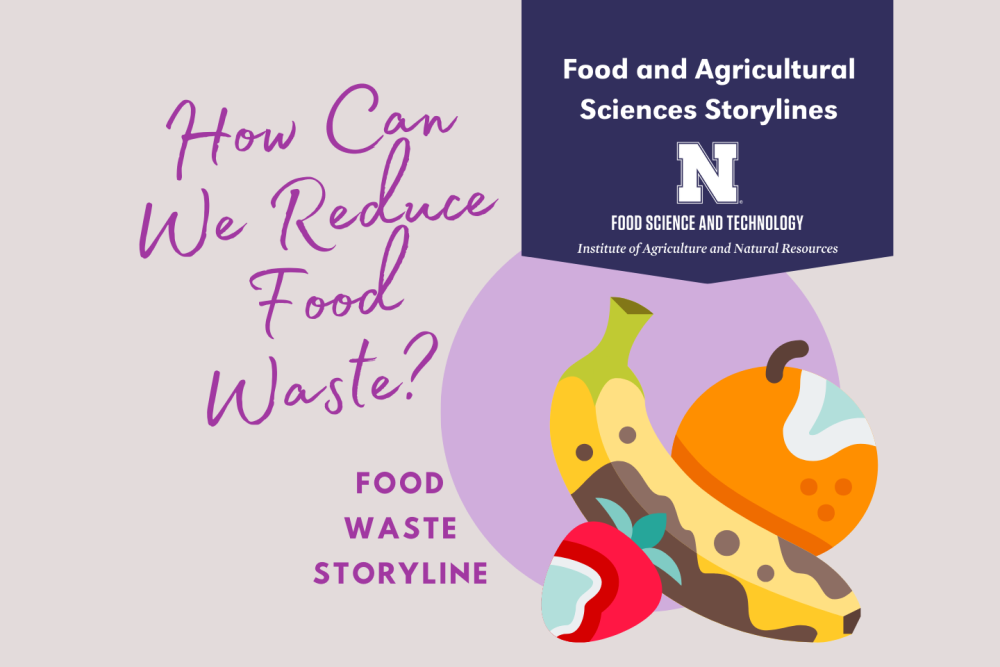Overview
Students will investigate the environmental conditions that allow for growth by an organism by studying mold growing on bread as a model. Diving deeper, students will understand how matter cycles and energy flows through aerobic and anaerobic conditions. Labs and activities include plotting growth curves, simulating anaerobic conditions in a yeast lab, and working with molecular sets to show how energy is stored in chemical bonds.
Lesson 1
- Students will look at information related to food waste and watch videos about how they could reduce it. They will develop a Driving Question Board and an initial model to explain how microorganisms spoil food as they grow and how to prevent this from occurring.
Lesson 2
- Students will learn what mold is and how it grows. Students will have the opportunity to observe mold growth as part of an experiment and develop mathematical representations to understand carrying capacity and growth curves of microorganisms.
Lesson 3
- Students will learn how molds obtain nutrients from their environment and how all the different molecules involved in this process become transformed. Students will learn about carbohydrates and their role in metabolism and how enzymes break down starch into monosaccharides.
Lesson 4
- Students will figure out that molds, in addition to nutrients, require oxygen for growth, while some microorganisms can carry out respiration without oxygen. Students will explore anaerobic respiration through an experiment or by watching a video. Using chemistry models, they will develop the formula for anaerobic respiration.
Lesson 5
- Students will identify preservatives as one way to potentially prevent mold from growing on food and causing spoilage. Students will understand how preservatives work to prevent mold growth. Students will simulate the growth of organisms using a computer program and read about how preservatives interfere with cellular processes.
Lesson 6
- Students will explore why foods stored in the refrigerator tend to last longer than those left out at room temperature. They will also understand the temperature danger zone and gain insights on how to protect themselves from foodborne illnesses. The lesson ends by introducing the Q10 rule, an essential tool for predicting a food product's shelf life.
Lesson 7
- Students will have the opportunity to work on a project that focuses on helping people reduce food waste. They can choose to create either an app or a poster for this project. The main goal is to use what they have learned about food spoilage, mold growth, factors that affect food quality and the role of food scientists in addressing this problem. The aim is to create a resource that is both informative and interesting for them and their community.
Curriculum Connections
Next Generation Science Standards
- HS-LS1-4: Use a model to illustrate the role of cellular division (mitosis) and differentiation in producing and maintaining complex organisms.
- HS-LS1-7: Use a model to illustrate that cellular respiration is a chemical process whereby the bonds of food molecules and oxygen molecules are broken and the bonds in new compounds are formed resulting in a net transfer of energy.
- HS-LS2-1: Use mathematical and/or computational representations to support explanations of factors that affect carrying capacity of ecosystems at different scales.
- HS-LS2-2: Use mathematical representations to support and revise explanations based on evidence about factors affecting biodiversity and populations in ecosystems of different scales.
- HS-LS2-3: Construct and revise an explanation based on evidence for the cycling of matter and flow of energy in aerobic and anaerobic conditions.
- HS-LS2-4: Use mathematical representations to support claims for the cycling of matter and flow of energy among organisms in an ecosystem.
- HS-LS2-6: Evaluate the claims, evidence, and reasoning that the complex interactions in ecosystems maintain relatively consistent numbers and types of organisms in stable conditions, but changing conditions may result in a new ecosystem.
- HS-PS1-4: Develop a model to illustrate that the release or absorption of energy from a chemical reaction system depends upon the changes in total bond energy.
